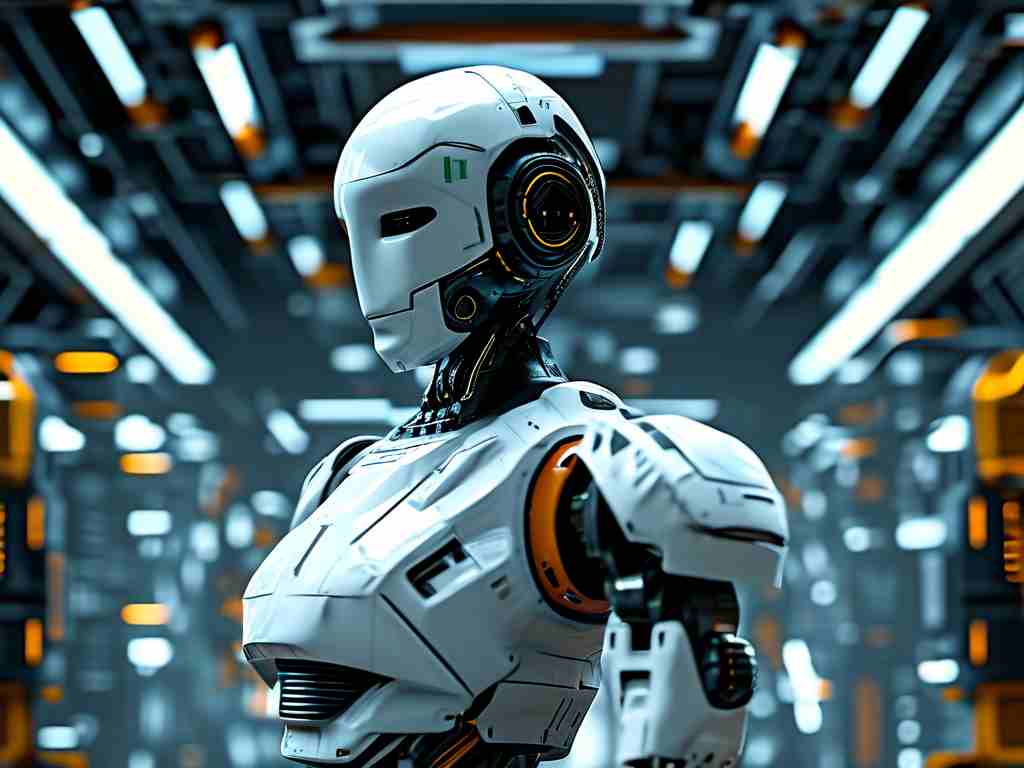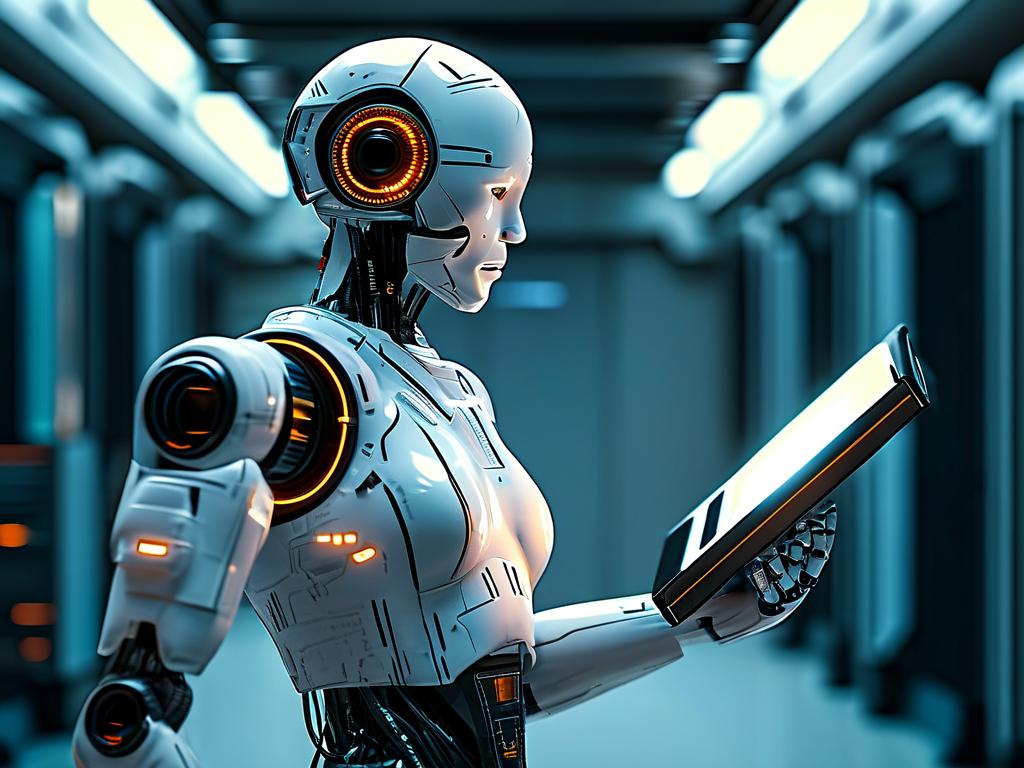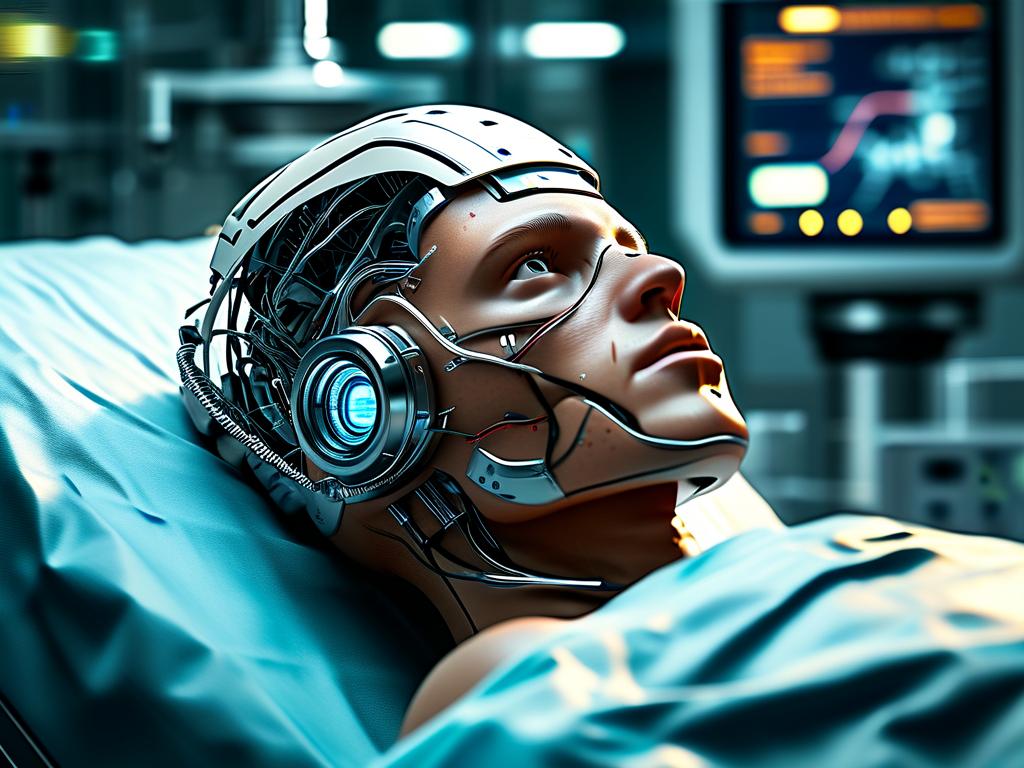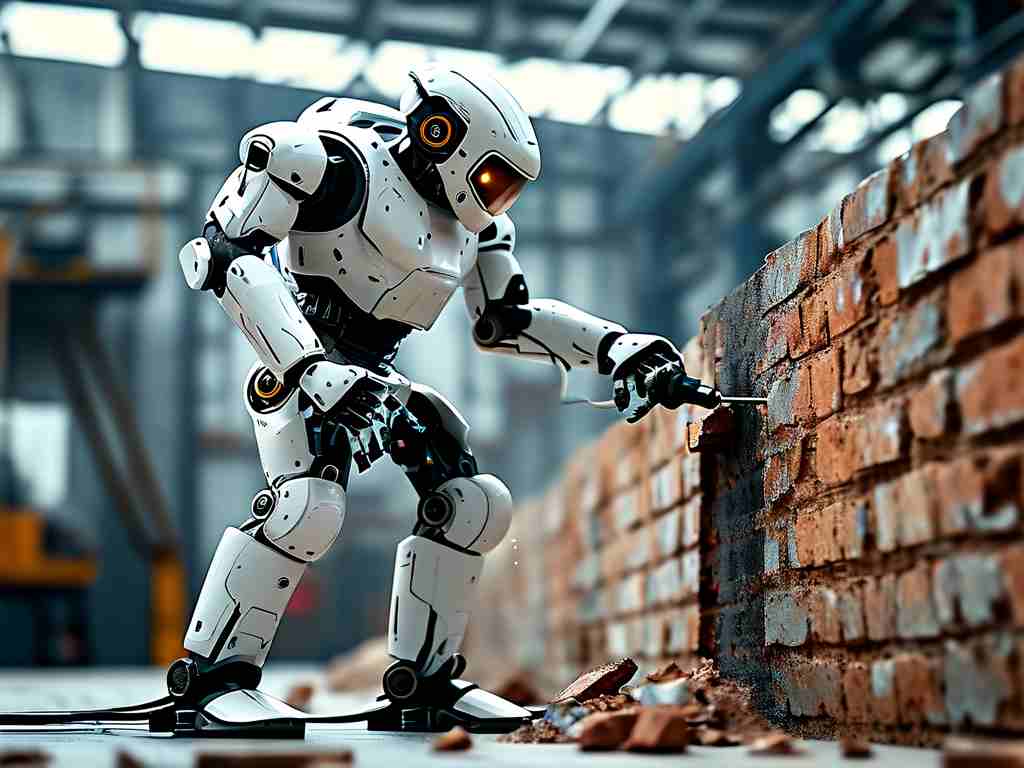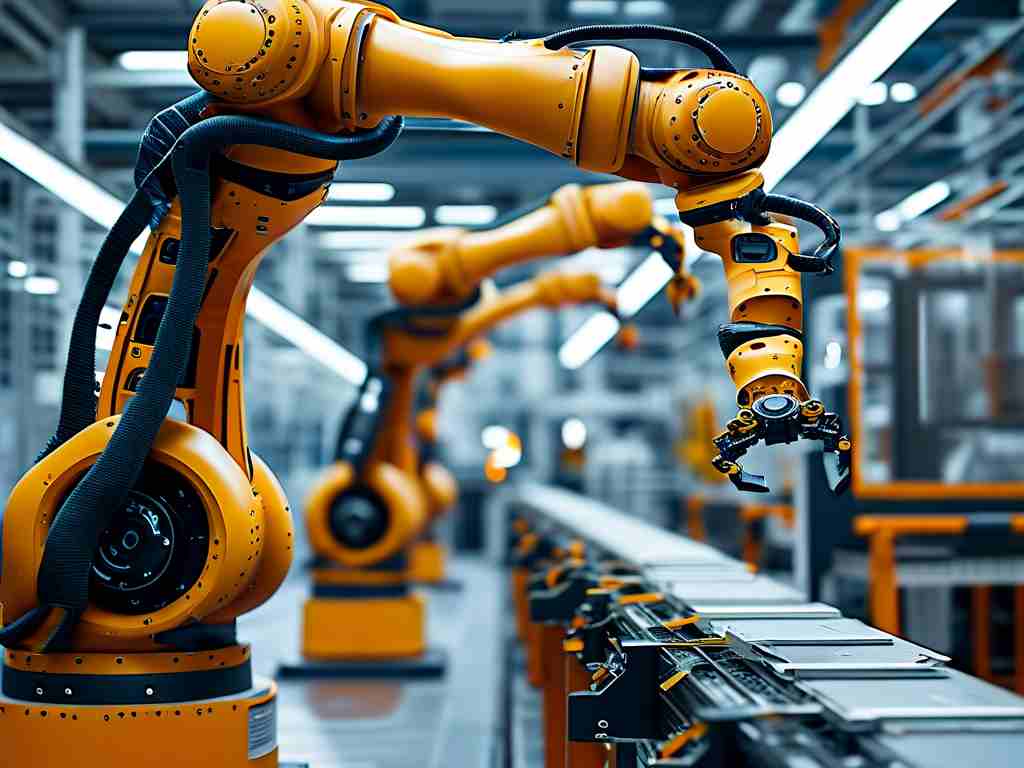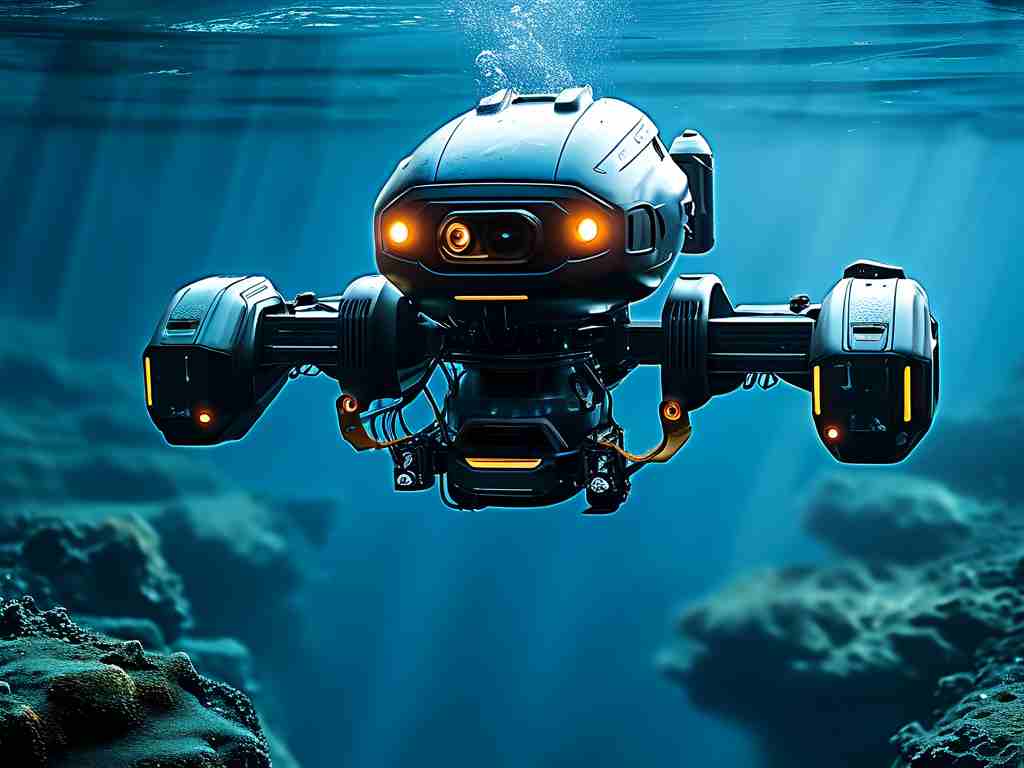The convergence of advanced scientific robotics and artificial intelligence has ushered in an era of unprecedented technological transformation. At the heart of this revolution lies the ability to merge precision engineering with adaptive learning systems, enabling robots to perform tasks once deemed impossible. From healthcare to space exploration, these innovations are redefining boundaries while raising critical questions about ethics and societal impact.
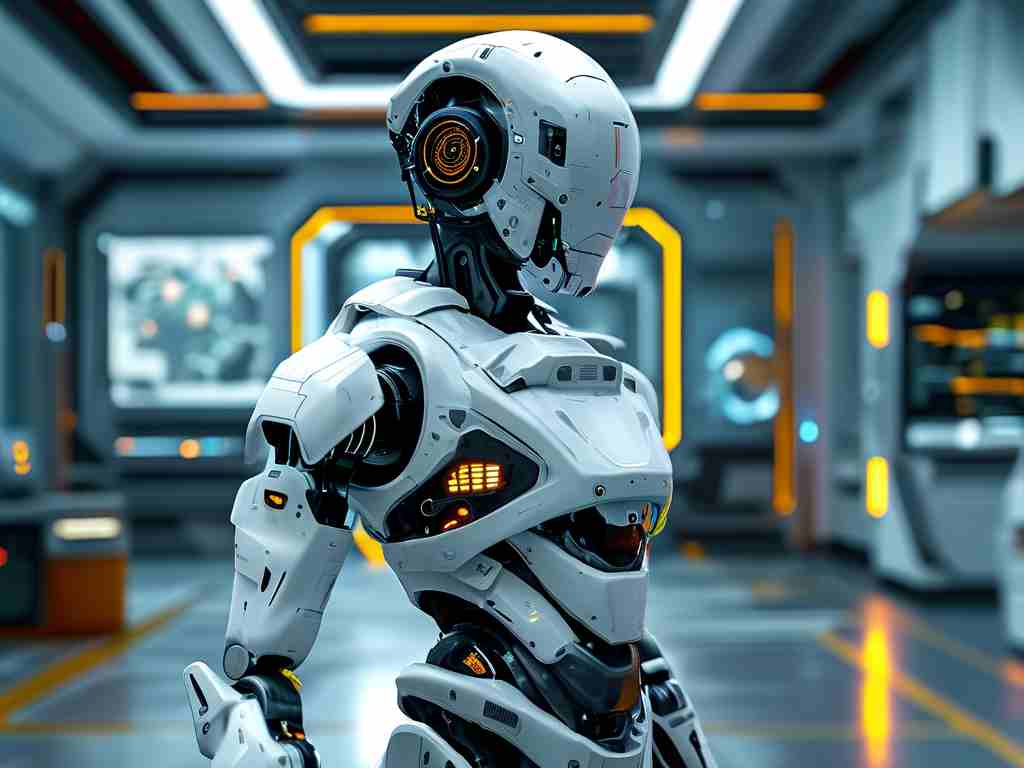
One groundbreaking application is in minimally invasive surgery. Systems like the NeuraLink Surgical Assistant now integrate haptic feedback and real-time tissue analysis, reducing human error by 72% in complex procedures. Unlike earlier robotic tools constrained by preprogrammed routines, modern platforms utilize neural networks to adapt to anatomical variations mid-operation. A 2023 study published in The Lancet demonstrated a 40% reduction in recovery time for patients undergoing robot-assisted cardiac surgeries compared to traditional methods.
Industrial automation has also leaped forward with self-optimizing robotic ecosystems. Tesla’s CyberPlant facilities deploy autonomous machines that recalibrate production workflows based on supply chain disruptions or design changes. These systems employ quantum computing algorithms to predict maintenance needs 48 hours before mechanical failures occur, slashing downtime by 89%. Meanwhile, agricultural robots like AgroSphere Drones use hyperspectral imaging to detect crop diseases at subcellular levels, boosting yields by 35% while cutting pesticide use by half.
However, the rise of autonomous robotics has sparked debates about workforce displacement. A MIT Technology Review analysis warns that 23% of manufacturing jobs could be obsolete by 2030 due to robotic precision surpassing human capabilities. Conversely, new roles in robotics maintenance and AI ethics oversight are emerging. Countries like Singapore and Switzerland now offer state-funded certification programs to reskill workers for these hybrid technical-managerial positions.
Ethical frameworks remain a critical hurdle. The Geneva Convention on Autonomous Systems (2024) prohibits military robots from making lethal decisions without human authorization, yet loopholes persist. For instance, surveillance drones equipped with facial recognition can autonomously track targets across borders, raising privacy concerns. Researchers at Oxford’s Future of Humanity Institute advocate for "explainable AI" protocols to ensure robotic decisions remain auditable and transparent.
Looking ahead, biomimetic robotics promises to blur the lines between organic and synthetic life. Projects like Boston Dynamics’ Phoenix Exoskeleton mimic human muscle elasticity, enabling smoother movements for elderly care applications. Meanwhile, NASA’s AstroBio Bot—a self-repairing rover inspired by tardigrade biology—is slated to explore Jupiter’s moon Europa by 2027, showcasing how nature-inspired designs can overcome extreme environmental challenges.
In academia, interdisciplinary collaborations are accelerating progress. The Global Robotics Consortium recently unveiled a quantum-entangled communication module allowing robots to share data instantaneously across continents. This breakthrough could synchronize disaster response robots in earthquake zones or coordinate interplanetary exploration fleets. However, cybersecurity risks escalate as these systems become more interconnected, necessitating blockchain-based encryption methods now under development at CERN.
Public perception plays a pivotal role in adoption rates. While 68% of respondents in a Pew Research survey support medical robots, only 34% trust autonomous vehicles. Cultural differences also surface: Japanese communities readily embrace eldercare robots like PARO Therapeutic Seal, whereas European unions demand stricter accountability laws. Bridging this trust gap requires transparent pilot programs and third-party efficacy audits, as seen in South Korea’s Smart City Initiatives.
The financial landscape mirrors this duality. Venture capital inflows into robotics startups hit $42 billion in 2023, yet 60% of Series A-funded companies fail to commercialize prototypes. Experts attribute this to underestimating real-world variables like weather interference or human-robot interaction nuances. Successful outliers like Neurala Inc. attribute their growth to iterative testing in uncontrolled environments—a strategy now emulated across the industry.
As advanced scientific robotics permeates daily life, regulatory bodies struggle to keep pace. The EU’s proposed Artificial Intelligence Act classifies surgical robots as "high-risk" systems requiring annual recertification, while the U.S. adopts a fragmented state-level approach. Harmonizing these policies without stifling innovation remains a geopolitical challenge, akin to early internet governance debates.
Ultimately, the trajectory of robotic advancement hinges on balancing ambition with responsibility. By fostering international cooperation and prioritizing ethical AI development, humanity can harness these tools to solve pressing global issues—from climate change to healthcare disparities—without compromising the values that define us.




